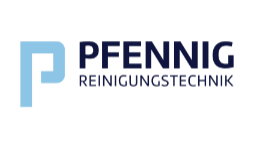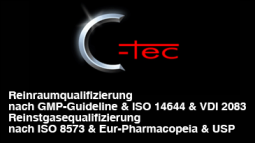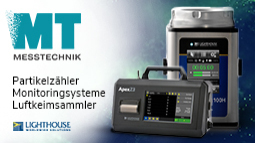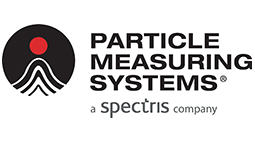Grundsteinlegung for the laboratory for nano and quantum engineering (LNQE) the Leibniz University of Hanover
On Friday, 5 October 2007 starting from 11 o'clock is it so far: In
the presence of the Minister of Lower Saxony for science and culture,
Lutz Stratmann, the foundation-stone for the new nano-technology
center on the housing estate cutter mountain 38, is put 30167 Hanover.
Commencement of construction was in September 2007. Is planned to
establish the building within 18 months. There is more information to
the laboratory for nano and quantum engineering in the InterNet under:
www.LNQE.uni hannover.de. The country Lower Saxony establishes a new
research center within the central range of the university for the
Leibniz University of Hanover. The entire building sum amounts to 12.8
million euro. The national building management Hanover has the
architect's office KSP angel and Carpenter, Niederlassung Braunschweig
after a European-wide selective procedure, whom above ground
construction planning and construction supervision assign.A avowed goal is it to lift with the LNQE research new building the
cross-linking of the different already existing research activities in
the laboratory for nano and quantum engineering on a qualitatively new
level and to create so further synergies for the individual working
groups. The new building is conceived for point research in the area
of the nano-technology. In the new laboratory is to be researched
further interdisciplinary, because projects of the nano-technology can
be led nearly in each case in co-operation of different fields to
success. The LNQE covers 25 working groups from nature and engineering
sciences. These working groups work on already today together
nano-technological projects. Particularly because of the
interdisciplinary adjustment a spatial proximity is that scientist
inside and scientists importantly for the conversion of the research
programs.With the new building of the laboratories (435 square meter),
beginning now, a research pure area, which exhibits a very small dust
particle portion in the room air (409 square meter), and work spaces
for approximately 44 persons (509 square meter), exzellente
possibilities for all involved scientist inside and scientists is
created.








